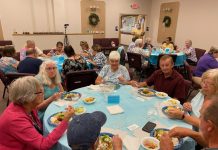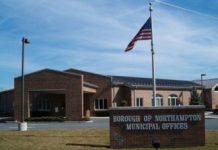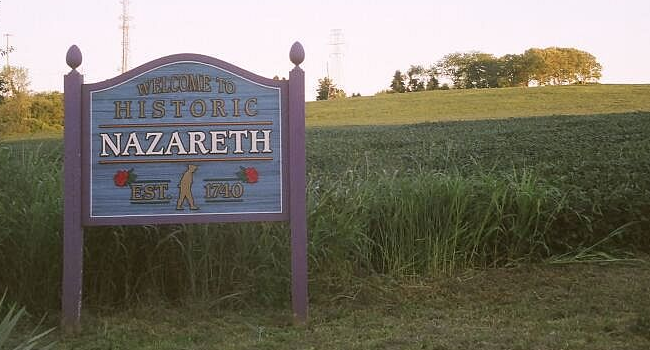Today, I continue my visit to the new Bath Museum and recall the history of a neighboring community whose roots go back to 1737. As we discussed in our last column, many of the settlers were of Scotch-Irish heritage. With the end of the Revolutionary War, many of the early Penn land deeds were in dispute, resulting in many of the early settlers moving to western Pennsylvania.
A new migration of immigrants soon replaced the Scotch-Irish. The new arrivals were German. For many years Germany faced religious wars and huge taxes. Many looked to William Penn’s Pennsylvania for freedom of opportunity and religious freedom.
The Germans who came are now known as Pennsylvania Dutch, but they are German by heritage. They were excellent farmers and loved the land. Thankfully, today we still have some hardy Pennsylvania German farmers like Seiple, Unangst, Hunsicker, Remaley, Graver and others continuing the agricultural heritage. I know our readers wish we had more farmers to care for the land.
The Bath Hotel was built in 1817 and became an early meeting place for Bath residents. The hotel still continues to serve satisfied customers.
Town fathers decided the village should have a name so they selected the name Bath for their community. The name is derived from Bath, England, which had a connection to the Penn family.
The name Bath was solidified when a post office was opened in 1813. New residents could send letters from their own borough, Bath, PA. Carol Bear-Heckman’s book “Bath and Its Neighbors” states the post office receipts for one year were $11.44. Alas, even this frugal writer spends more annually on stamps.
In 1830 a committee of residents decided to construct a Kirche (German) church to serve two congregations, both Lutheran and reformed. The 1834 church had seating for 600 worshippers. These churches were called Union Churches as both groups used and supported the church.
In 1876 both groups constructed their own churches; they are the current Christ U.C.C. and St. John’s Lutheran Church. Roman Catholics held worship in a movie theater until a church could be built.
Another interesting institution was the hospital of homeopathic medicine on South Chestnut Street. It was established by Dr. William Wesselhoeft who administered drugs in minute quantities to fight disease. He trained many physicians in novel medical and surgical methods. Some of these practices were later utilized at the renown Hahnemann hospital in Philadelphia.
Bath was host to many small business enterprises. The Mauser Mill was always busy processing grain for flour and feed for our local farmers, when many family farms still covered the landscape.
Farm implements were manufactured by the Bath Manufacturing Co. The museum displays a corn sheller when manual power was used. Machinery was made for slate quarry companies. Many slate operations thrived in the Bath area. Equipment was sold to the Chapman’s Quarry Co., a close neighbor of Bath. It was one of the most prosperous quarries of the period.
George Moses owned a small cigar factory; cigars were rolled by hand, no automation in George’s factory. His product was very popular; some of their cigars were sold as far as Colorado. A carriage factory continued to manufacture wagons until the advent of the automobile.
The population gradually increased from 286 to 375 in 1850 and 486 in 1860. Bath continued to be a pleasant community to live in.
See you in two weeks to continue discussing Bath.









